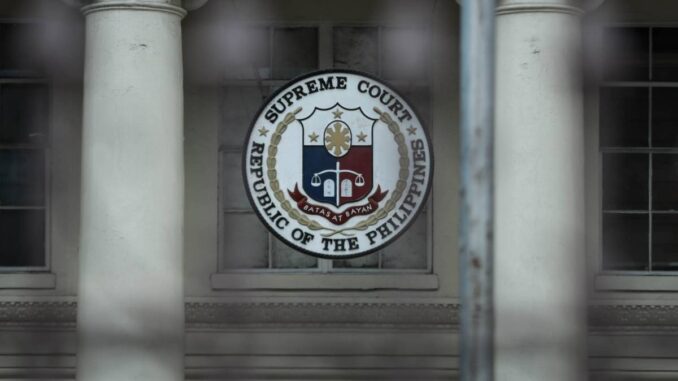
THE Supreme Court has approved the guidelines for the transition to the electronic filing of court pleadings.
Starting September 1, no trial court can act on any pleading unless it is accompanied by an emailed transmittal.
The approval of the guidelines is in line with the goal of the Supreme Court to digitally transform the courts under its Strategic Plan for Judicial Innovations for 2022-2027.
The guidelines cover the electronic transmittal of copies in Portable Document Format (PDF) of pleadings and other court submissions and their additional accompanying documents, such as annexes and exhibits, for filing cases before the Court of Appeals, Sandiganbayan, Court of Tax Appeals, and first- and second-level courts.
The PDF copies of court submissions must be transmitted by litigants and court users to the official email address of the court where the case is pending.
The PDF copy may be electronically generated from a word-processing or PDF creation program, or scanned images of the document compiled in a PDF file, or a combination of both methods.
The filer must also ensure that the receiving court’s official email address service will not reject or block a transmittal email due to the file size of an attachment.
If the filing is done personally, by registered mail, or by accredited courier, the PDF copies must be transmitted within 24 hours from the filing of the paper copy.
The date and time of filing of the paper copy shall be considered the date and time of filing.
For cases where the filing is done electronically, a paper copy is no longer necessary. The date and time of the electronic transmittal shall be considered the date and time of filing.
However, the court must first grant permission for the primary filing through electronic transmission of: initiatory pleadings and initial responsive pleadings; accompanying documents not readily amenable to digitization to PDF; and sealed and confidential documents or records.





Be the first to comment